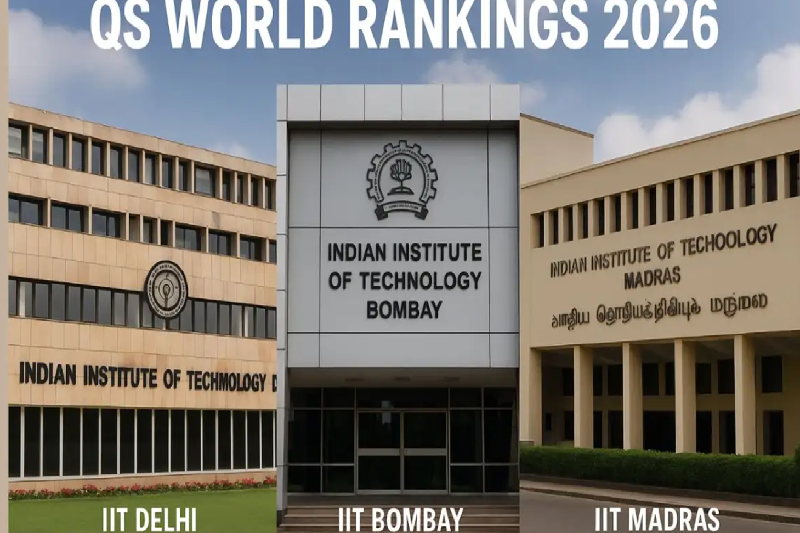
One Engineer for Ten AI Roles: India’s Widening Digital Talent Gap
India’s booming digital economy is facing a challenge that could slow its momentum—talent scarcity. A recent report by TeamLease Digital, titled Digital Skills and Salary Primer Report for FY2025-26, has revealed that India has only one skilled engineer available for every ten open roles in Generative AI. This alarming mismatch is not limited to AI; cloud computing and cybersecurity are also grappling with similar supply-demand gaps, raising concerns about the country’s preparedness to lead in emerging technologies.
The AI Talent Crunch
The report highlights that while India is one of the fastest adopters of AI, the shortage of skilled professionals has become a severe bottleneck. Only one candidate with the required expertise is available for every ten AI-related positions. This gap pushes salaries to record highs, attracts global players to explore India’s potential, and highlights the urgency of large-scale upskilling initiatives.
The demand for Generative AI engineers and MLOps specialists is outstripping supply, reshaping career prospects and hiring trends across the tech sector. Without corrective measures, the gap could widen further, stalling India’s digital transformation.
Salaries Hit Record Highs
The scarcity of qualified AI professionals has resulted in soaring salaries. Senior roles in Generative AI engineering and MLOps command between ₹58–60 lakh per annum (LPA). Similarly, cybersecurity experts are witnessing significant pay hikes, with salaries projected to rise from ₹28 LPA to ₹33.5 LPA, while senior professionals can earn as high as ₹55 LPA.
In contrast, traditional IT support roles have stagnated, averaging around ₹12 LPA, reflecting the industry’s clear pivot toward high-demand digital skills. This stark contrast underscores how AI, cloud, and cybersecurity have become the new value benchmarks in India’s job market.
Cloud and Cybersecurity: The Other Pressure Points
While AI garners most of the attention, the cloud computing sector faces a 55–60% demand-supply gap, posing risks to India’s digital growth trajectory. Cloud services are the backbone of modern businesses, and companies may struggle to scale without adequate talent.
Cybersecurity, too, is emerging as a mission-critical function. With rising digital trust and resilience, the demand for cybersecurity professionals is skyrocketing. The sector is seeing double-digit salary hikes, highlighting its importance in ensuring safe digital operations for businesses worldwide.
Rise of New Job Hubs
One of the report’s most significant findings is the shift in hiring geography. While cities like Bengaluru and Hyderabad have long been India’s technology hubs, recruitment is rapidly spreading to Tier-2 cities. These locations offer cost advantages while providing near-parity salaries for freshers, making them attractive for companies and candidates.
India’s Global Capability Centres (GCCs) are leading this trend. They are expected to contribute 22–25% of net new tech jobs in 2025, generating more than 1.2 million jobs by 2027. This expansion is not just about cost efficiency; it brings job opportunities closer to a broader demographic, helping decentralize India’s tech growth story.
Diversity Gains in the Workforce
The report also highlights encouraging progress in gender diversity within the tech sector. India’s top 20 Global Capability Centres have achieved 40% female participation, well above the industry average. This milestone signals a structural shift toward more inclusive hiring practices, positioning India as a global leader in digital talent and equitable workforce development.
Structural Shifts in the Digital Economy
The findings signal a structural transformation in India’s digital economy, which is projected to grow twice as fast as the overall economy. By 2029–30, the digital sector could contribute nearly 20% of India’s GDP, driven by AI, cloud, and cybersecurity innovations.
However, sustaining this momentum depends on how quickly India addresses its talent bottleneck. The report warns that India risks losing its competitive advantage without massive investment in training for frontier technologies.
Emerging skills in AI compliance, risk operations, augmented reality (AR), virtual reality (VR), and immersive design are also expected to be in high demand. Preparing a workforce capable of handling these complex technologies is essential for long-term digital growth.
Call for Urgent Upskilling
Experts stress that urgent upskilling and reskilling programs are required at the institutional and corporate levels. Universities, training institutes, and EdTech platforms must collaborate with the industry to create future-ready curricula. Similarly, organizations must invest in continuous learning for their employees to keep pace with evolving technologies.
Commenting on the findings, Neeti Sharma, CEO of TeamLease Digital, noted:
“India's digital economy is at a pivotal juncture, with AI, Cloud, and Cybersecurity redefining the future of work.”
Her statement captures the moment's urgency: India’s digital opportunity is massive, but realizing it will depend on whether the talent ecosystem can rise to the challenge.
Conclusion
India is standing at the crossroads of a digital revolution. With the digital economy projected to play a central role in the nation’s future growth, the scarcity of AI, cloud, and cybersecurity professionals is a wake-up call. On one hand, the talent gap is creating lucrative opportunities and new job hubs across the country. On the other hand, it highlights the pressing need for systematic upskilling to ensure India remains competitive globally.
The message from the Digital Skills and Salary Primer Report is clear: the future of India’s digital economy depends not only on technological adoption but also on the speed and scale of talent development.



